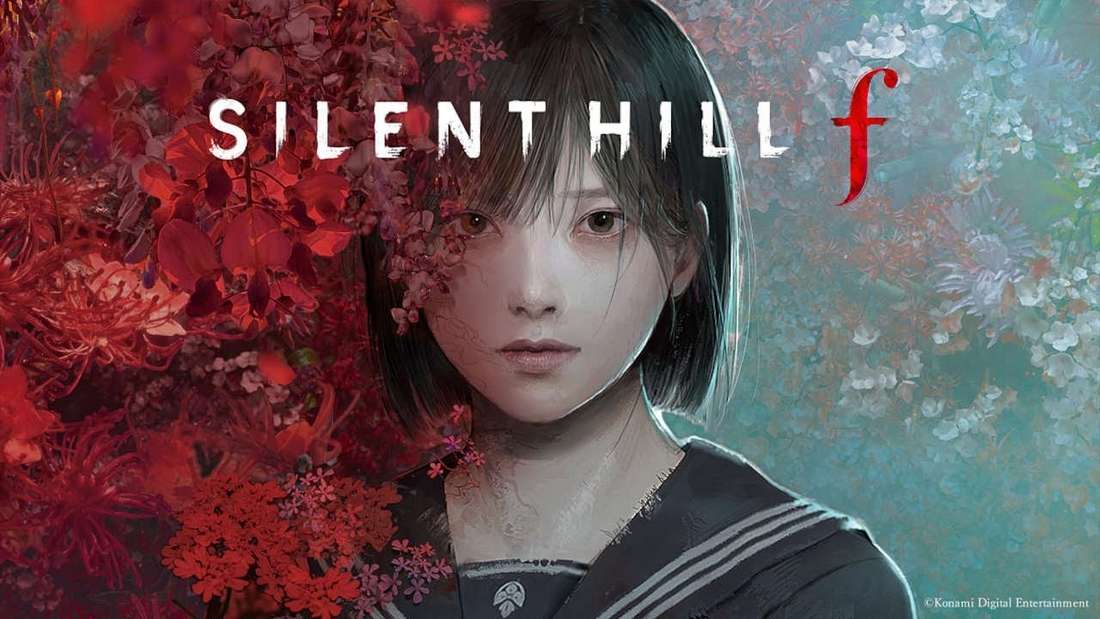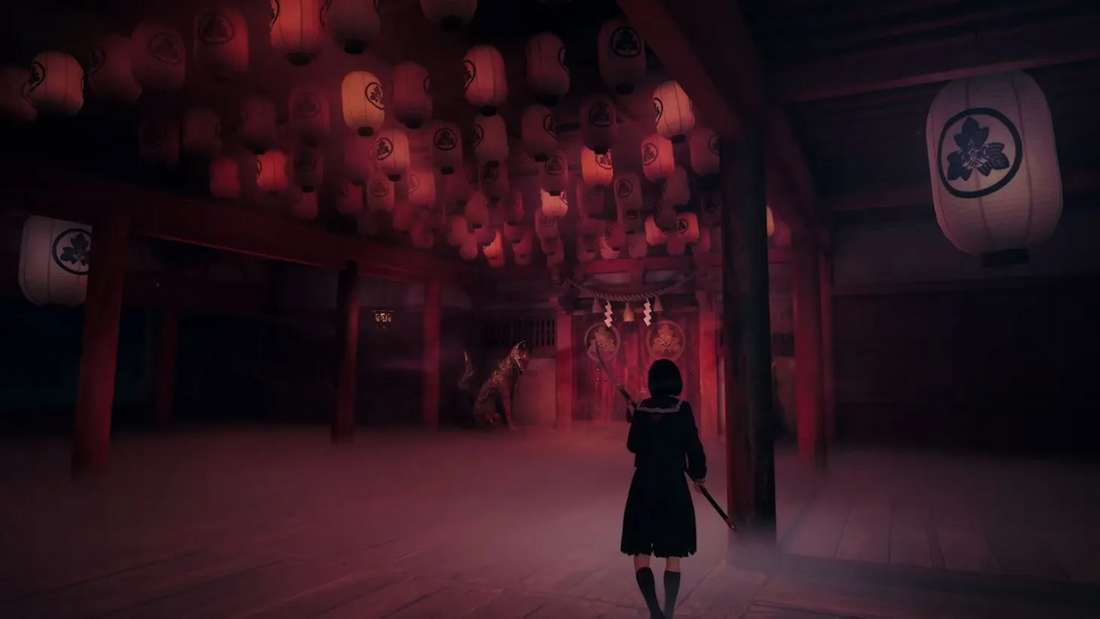Silent Hill f Trailer Confirms Fixed Camera and the Terrifying ‘Decay’ Mechanic in Japan’s Crimson Realm
Popular Now
 Schedule I
Schedule I
 Fall Guys
Fall Guys
 League of Legends
League of Legends
 Candy Crush Saga
Candy Crush Saga
 Minecraft
Minecraft
 CarX Street
CarX Street
 R.E.P.O
R.E.P.O
 BeamNG.drive
BeamNG.drive
 Gacha Club
Gacha Club
 Call of Duty
Call of Duty 
The long-awaited sequel that promises to revitalize the revered Survival Horror genre, Silent Hill f, has shattered expectations with a new, extended trailer that deeply teases its story, setting, and most importantly, the return of classic mechanics infused with disturbing new twists. Revealed this week, the footage confirms that the game, set in 1960s rural Japan, will blend the chilling atmosphere of Japanese folk horror with the trademark psychological dread that defined the franchise’s peak. For fans concerned about a shift toward action, the trailer offers a resolute answer: this is a dedicated return to slow-burn, atmosphere-driven terror, featuring mechanics that directly reference the series’ iconic past while introducing a central, grotesque new system: the Decay status effect.
This commitment to Psychological Horror and a nuanced, culturally rich setting positions Silent Hill f not only as a crucial release for Konami Revitalization efforts but as a potential benchmark for Next-Gen Console horror titles. The subtle, yet powerful, narrative hints dropped in the footage suggest a story steeped in fragmented identity and the devastating impact of a pervasive, beautiful corruption, making it a high-value entry in the horror market.
The Crimson Realm: A New Otherworld Defined by Rust and Folklore
The trailer firmly establishes the primary setting for the game’s supernatural events, officially named the Crimson Realm. Unlike the mist-shrouded streets of the original American town, the terror here is manifested through a stunning yet disturbing biological corruption. The world is being consumed by a pervasive red rust and a grotesque, fast-growing bloom of red flowers and fungal growth. This pervasive flora covers everything—walls, objects, and eventually, the protagonist herself. The transition into this ‘Otherworld’ is no longer simply a siren blast, but a physical shift where the environment rapidly decays and blooms around the player.
- Setting and Tone: 1960s rural Japan, a unique aesthetic shift from the American setting, allowing the game to explore themes of Japanese superstition, cult practices, and folklore.
- Protagonist and Narrative: The story centers on a young high school student, Kika, who must navigate this terrifying, warped reality. The trailer teases heavy themes of lost memory, identity fragmentation, and personal sin, drawing clear narrative parallels to the critically acclaimed Silent Hill 2.
- Cult Dynamics: The corruption is inextricably linked to an ancient local cult dedicated to the red, invasive flora. The story will task the player with uncovering the cult’s rituals and their role in ushering in the Crimson Realm.
The visual fidelity shown in the trailer, particularly during the rapid, almost sickening transitions between the normal world and the Crimson Realm, demonstrates the power of Next-Gen Console technology. This transition is not instantaneous; it’s a moment of body horror where organic matter twists and metal rusts in seconds, creating palpable, immediate dread.
Familiar Scares: The Return of Classic Survival Mechanics
Observant fans were quick to spot several core gameplay mechanics that confirm the title’s devotion to the old-school Survival Horror formula. These features are not merely aesthetic nods but functional elements designed to heighten player vulnerability and tension, a critical decision in Game Development that prioritizes atmosphere over action.
- Fixed Camera Angles: The trailer features several deliberate sequences set in narrow hallways and traditional Japanese houses that utilize a classic, fixed-camera perspective. This is a massive return to form, limiting the player’s view and creating essential points of tension and ambiguity regarding what lies just outside the frame. This mechanic is a direct and powerful tool for Psychological Horror.
- The Radio Static: The iconic sound of radio static, a decades-old warning system, is back. In Silent Hill f, the static is now specifically associated with the monstrous beings dubbed the “Rusted Ones.” The return of this audio cue confirms the game’s reliance on sound design to signal immediate danger and build pervasive anxiety.
- Resource Scarcity: Combat sequences are intentionally clumsy and slow, and the protagonist’s low health pool is frequently highlighted. The trailer showed limited health and ammo drops, underscoring a fundamental pillar of the genre: every bullet counts, and avoidance is often the best survival strategy. This ensures that the player never feels powerful, a core tenet of effective horror design.
- Shrine Save System: A quick flash reveals that the game’s save system is tied to specific, ornate shrines found throughout the environment. This manual, location-based saving is another direct link to the franchise’s roots, forcing players to risk deeper exploration to secure their progress, thereby amplifying the emotional stakes of every encounter.
 The New Horror: Introducing the ‘Decay’ Status Effect
The New Horror: Introducing the ‘Decay’ Status Effect
The trailer’s most shocking reveal, and its boldest mechanical innovation, is the Decay status effect. This system is tied directly to the Crimson Realm’s corruption and is poised to be the most terrifying high-stakes mechanic in the game.
- Mechanism: Exposure to the red rust, physical attacks from corrupted monsters, or lingering too long in heavily-infested areas causes the protagonist, Kika, to begin to rot. This is not just a health-over-time effect; it is body horror made mechanical.
- Gameplay Impact: As the Decay level increases, Kika’s movement speed degrades, her aiming becomes erratic, and her ability to interact with the environment is impaired as the rust physically binds her. This status effect represents a constant, terrifying race against time and corruption.
- Thematic Impact: The presence of the Decay mechanic suggests the final outcome of the game, including the different potential endings, may be determined by how successfully the player manages—or avoids—this corruption, forcing a moral decision about how much of Kika’s physical and mental self they are willing to sacrifice for survival. This is a fascinating design choice that reinforces the focus on Psychological Horror over simple monster-slaying.
The visual representation of this effect, where red, fungal veins visibly spread across Kika’s skin and clothing, is a major focus in the trailer and highlights the game’s elevated visual quality on Next-Gen Console hardware.
Monstrous Design and Market Confidence
The new creature designs showcased maintain the grotesque, symbolic nature expected of a Silent Hill title. The featured enemy, The Gardener, is a horrific humanoid entity covered in the invasive, blooming red flowers. This design strongly suggests themes of unnatural growth, forced beauty, and the suppression of the natural order, aligning perfectly with the Japanese folk horror setting.
- Symbolism: Like the nurses and Pyramid Head before them, the monsters in Silent Hill f are expected to be symbolic manifestations of Kika’s repressed trauma, guilt, or the cult’s malevolent ideologies. The presence of rust and flowers suggests the pain of decay masked by a veneer of false beauty.
- Enemy Behavior: The trailer shows The Gardener moving with an unnerving, stiff gait, further confirming the slower, deliberate pace of enemy encounters. Combat will be about tactical positioning and evasion, not bullet-hose action.
The overwhelmingly positive reception to the trailer has significantly boosted confidence in Konami’s plan to restore the brand’s legacy. By entrusting the project to a team that clearly respects the mechanics of early titles—like the Fixed Camera—while being bold enough to introduce systems like Decay, Silent Hill f is not just a nostalgia project; it is a serious new contender in the Survival Horror genre. The high-stakes gameplay and rich narrative promise to deliver not only critical acclaim but strong commercial performance, making it a key element in the broader Game Development market analysis for 2026.
The final tease of the trailer, an image of Kika’s face half-covered in the red rust, staring into the distorted reflection of the Crimson Realm, leaves the audience with a chilling question: what price must be paid to survive the beautiful corruption of the mind?
Key Takeaways for Survival Horror Enthusiasts
- Core Setting: The Crimson Realm, a warped, rust-and-flora-covered 1960s rural Japan.
- Classic Mechanics Confirmed: Fixed Camera angles, location-based Shrine Save System, and the return of the Radio Static proximity warning.
- New System: The Decay status effect, a progressive body horror mechanic that severely impairs movement and abilities as the protagonist becomes corrupted.
- Themes: Deep exploration of Psychological Horror, fragmented identity, and the grotesque beauty of cult-driven corruption, rivaling the narrative depth of Silent Hill 2.
- Market Outlook: Positioned as a high-value release on Next-Gen Console and PC platforms, signaling a successful strategic pivot for Konami Revitalization.
The blend of familiar dread and terrifying innovation makes Silent Hill f one of the most anticipated titles of the year for fans of true Survival Horror.
In-Depth Analysis: The Impact of Fixed Camera on Modern Horror Design
The decision by the development team to revert to the Fixed Camera in certain sections of Silent Hill f is a bold and commercially significant move. In a modern Game Development landscape dominated by over-the-shoulder perspectives, the fixed angle is a deliberate tool used to achieve two crucial horror outcomes:
1. Controlled Ambiguity: The fixed camera inherently controls what the player is allowed to see, creating the perfect canvas for jump scares and misdirection. More importantly, it denies the player information, forcing them to move blindly around corners and into new areas without the tactical assurance of an open field of view. This inability to fully survey the environment is the purest form of Psychological Horror. The camera placement itself becomes an active character, directing the player’s fear. This is an intentional design constraint, designed to maximize tension and player vulnerability.
2. Immersion and Vulnerability: By making movement slightly awkward and less intuitive than a modern third-person camera, the fixed perspective enhances the player’s feeling of vulnerability. It disrupts the flow of combat, forcing the player to fight against both the monster and the controls, which is a key trait of classic Survival Horror. This complexity in control is not a flaw; it is a deliberate feature, enhancing the sense of dread and elevating the accomplishment of surviving a minor encounter.
This return to a classic mechanic, while risky, signals a true dedication to the franchise’s atmospheric roots, ensuring that The Silent Hill f Trailer is not just selling a new location, but a return to a specific, highly effective form of Survival Horror gameplay that holds immense market value for dedicated genre fans.









